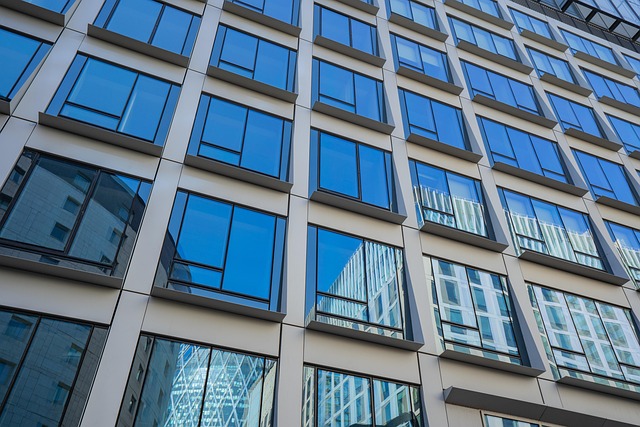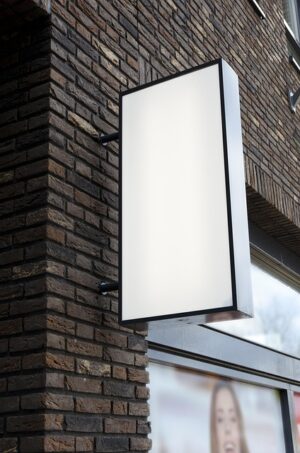Industrial air curtains are advanced solutions that optimize airflow management, enhance energy efficiency, and improve indoor climate control in manufacturing and warehousing. Acting as robust barriers at entrances, doors, or loading docks, they prevent heated/cooled air loss, reducing strain on HVAC systems and lowering operational costs. With smart sensors and adjustable settings, these curtains offer precise control over airflow and temperature, contributing to a greener industrial landscape by minimizing energy waste compared to traditional HVAC systems.
In today’s sustainable landscape, industries are constantly seeking solutions to enhance operational efficiency while reducing environmental impact. One innovative tool gaining traction is the industrial air curtain—a game-changer in energy conservation. This article delves into the world of these efficient systems, exploring their role in optimizing processes and minimizing power consumption. From understanding their fundamental benefits to uncovering design innovations, we navigate the key aspects driving sustainable practices within industrial settings.
- Understanding Industrial Air Curtains: Their Role and Benefits
- The Challenge of Low Power Consumption in Industrials
- Innovations in Design: Creating Sustainable Air Curtain Solutions
Understanding Industrial Air Curtains: Their Role and Benefits

Industrial air curtains are advanced solutions designed to control and manage airflow in various industrial settings. They play a pivotal role in enhancing energy efficiency, improving indoor climate, and ensuring optimal working conditions. By acting as robust barriers at warehouse entrances, manufacturing door systems, or loading docks, these air curtains prevent the loss of heated or cooled air, thereby reducing the strain on industrial HVAC (heating, ventilation, and air conditioning) systems.
The benefits extend beyond energy conservation. Heavy-duty air curtains, especially designed for large openings in factories and cold storage facilities, offer protection against external elements, improve air quality by filtering out pollutants, and create a comfortable work environment. In today’s focus on sustainable operations, these industrial air barriers are gaining prominence as game-changers in optimizing resource usage and reducing the environmental footprint of manufacturing and warehousing processes.
The Challenge of Low Power Consumption in Industrials

In the pursuit of sustainable operations, industrial facilities are constantly seeking solutions that balance productivity with environmental responsibility. One key area of focus is power consumption, particularly within heavily mechanized environments. The challenge lies in achieving efficient operations while minimizing energy usage, especially in spaces requiring constant airflow control like warehouse entrance protection or manufacturing door systems. Traditional methods often rely on high-power consumptions industrial air barriers or factory entrance heating, which can negate the environmental benefits sought.
This is where heavy duty air curtains, specifically designed for large opening protection and cold storage barriers, step into the spotlight. These advanced manufacturing door systems offer a compelling alternative by providing robust climate control without excessive energy draw. Efficient industrial HVAC systems, including loading dock air curtains, are no longer merely nice-to-have; they’re essential tools in navigating towards more sustainable practices. By prioritizing low power consumption, these innovations not only reduce operational costs but also contribute to the overall goal of a greener industrial landscape.
Innovations in Design: Creating Sustainable Air Curtain Solutions

Innovations in design have revolutionized industrial air curtains, making them more efficient and sustainable than ever before. These cutting-edge solutions are tailored to meet the unique challenges faced by various industries, offering both functionality and environmental responsibility. By focusing on advanced materials and engineering, manufacturers have created heavy-duty air barriers that require less power, thereby reducing energy consumption and operational costs.
For instance, the latest advancements in industrial air curtains include smart sensors and adjustable settings, allowing for precise control of airflow and temperature at warehouse entrances, manufacturing door systems, and loading docks. This customization ensures optimal performance while minimizing waste, making them ideal for cold storage facilities and factory entrance heating applications. These innovative designs not only enhance operational efficiency but also contribute to a greener industrial landscape by reducing the overall carbon footprint associated with traditional HVAC systems and large opening protection.
Industrial air curtains, with their ability to control temperatures and prevent contaminants from spreading, are essential for sustainable operations. The challenge of low power consumption can be overcome through innovative design solutions that prioritize energy efficiency without compromising performance. By adopting these advanced technologies, industries can achieve significant cost savings while minimizing their environmental impact, ensuring a brighter future for both businesses and the planet.






